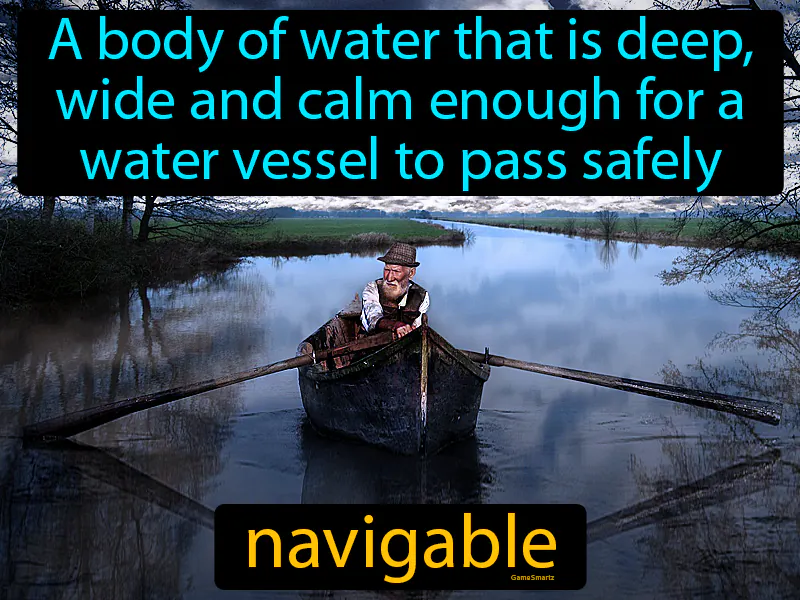Navigable
Navigable: Easy to understand
During Europe's Transition period, navigable rivers and bodies of water were crucial for trade, travel, and communication. They allowed for the movement of goods, people, and ideas, which helped economies grow and cultures to exchange knowledge. Navigable waterways like the Rhine and the Danube became vital trade routes, connecting different parts of Europe and promoting regional development. Today, the concept of navigable waters still matters as it supports global commerce and connectivity, much like the internet does for digital communication. For example, the Panama Canal remains vital for international shipping, showing how access to navigable routes continues to influence global trade and cooperation.

Practice Version

Navigable: A body of water that is deep, wide and calm enough for a water vessel to pass safely. Navigable. In history, "navigable" refers to waterways that were essential for transportation and trade because they allowed ships to travel safely.